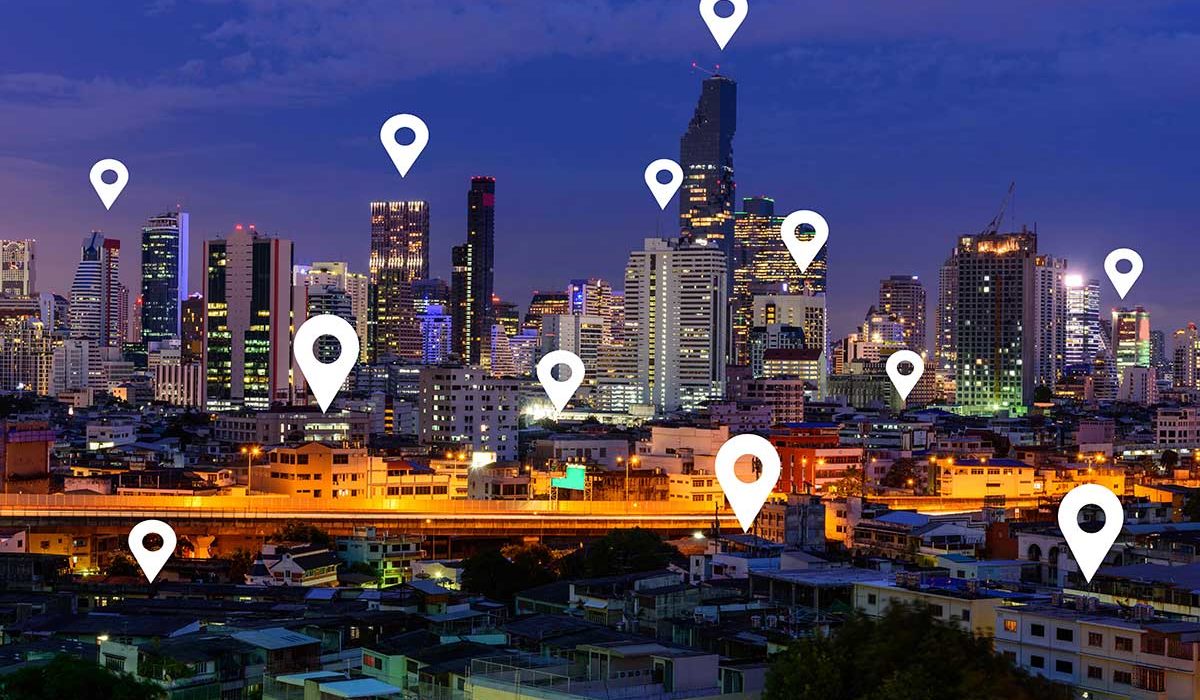What Is Geotargeting And How Does It Improve Marketing Campaigns?
Geotargeting marketing is a powerful advertising strategy that enables businesses to reach consumers based on their specific geographic locations. Unlike broad advertising campaigns that rely on general demographics, geotargeting combines location data with behavioral insights to serve highly relevant ads to the right people at the right time.
With advancements in GPS technology, IP tracking, and mobile data, geotargeting has become an essential tool for companies looking to increase engagement, reduce ad waste, and drive foot traffic to physical locations. Whether it’s a retail store, restaurant, or local service provider, businesses can refine their advertising efforts by reaching customers who are most likely to convert.
Imagine a coffee shop sending a morning discount offer to potential customers within a one-mile radius of its location. Or a weight loss treatment center targeting gym-goers searching for fitness solutions. By leveraging geotargeting, businesses can maximize their ad spend while improving the user experience.
How Geotargeting Ads Work
At its core, geotargeting ads function by analyzing location data and user behaviors to determine who should receive an advertisement. Instead of serving ads randomly, geotargeting refines the audience using real-time and historical data.
When a consumer enables location services on their device, advertisers can track their movements and preferences, allowing for precise ad delivery. A restaurant can push a lunch special to office workers within walking distance, while an automotive dealership can send test drive offers to people near competing showrooms.
The process involves several key steps:
- Defining the Target Audience – Advertisers determine who they want to reach based on location, interests, and behavior.
- Setting Up Location Parameters – The campaign is configured to include or exclude certain areas based on consumer movement.
- Delivering the Ad – Once a user enters the designated zone, they receive a personalized message, push notification, or display ad.
- Tracking Engagement – Advertisers analyze how many people view, click, or act on the ad, optimizing the campaign accordingly.
Unlike traditional mass marketing, which broadcasts messages to a broad audience, geotargeting ensures that only the most relevant consumers see the ad, making it an efficient and cost-effective advertising method.
Geotargeting vs. Geofencing – What’s the Difference?
Although geotargeting and geofencing are both location-based marketing techniques, they have distinct differences.
Geofencing creates a virtual boundary around a specific location. When a user enters or exits this area, they receive a generic ad or notification, regardless of their interests or demographics. For example, a sports stadium could set up a geofence to push merchandise ads to all attendees.
Geotargeting, on the other hand, refines the audience by incorporating behavioral data and demographics. It allows advertisers to target only specific consumers within the geofenced area. Instead of sending an ad to everyone near a mall, a retailer can target only previous customers who have purchased similar products before.
While geofencing is effective for broad awareness campaigns, geotargeting is ideal for precision-based marketing efforts that require higher conversion rates.
The Benefits of Geotargeting in Marketing Campaigns
Businesses of all sizes are investing in geotargeting marketing because it delivers stronger engagement and better return on investment (ROI). Unlike traditional advertising, where ad spend is wasted on irrelevant audiences, geotargeting ensures that every dollar spent reaches a highly relevant consumer.
Higher engagement is one of the biggest advantages of geotargeting. Consumers respond better to ads that feel relevant to their needs. A restaurant can advertise lunch specials during peak hours, while a real estate agency can push open house invites to potential buyers nearby. Since the ads are location-specific, users are more likely to engage with them.
Another key advantage is better ad spend efficiency. Since geotargeting ads are only served to consumers most likely to take action, businesses avoid overspending on uninterested audiences. This makes geotargeting an ideal solution for companies looking to maximize marketing budgets while achieving high conversion rates.
For brick-and-mortar businesses, geotargeting ads serve as an effective tool to drive in-store visits. Retailers can target shoppers nearby, offering exclusive in-store discounts. Automotive dealerships can capture potential buyers when they are near competitor locations, enticing them with better deals. By targeting consumers at the right moment, businesses can generate immediate revenue from their campaigns.
In a competitive advertising space, businesses need an edge over competitors. Geotargeting companies can help brands position themselves ahead of local competition by targeting consumers before they commit to a competitor’s offer. For example, a fitness studio can target gym-goers near competing locations, offering a free trial or discount on memberships.
Industries That Benefit from Geotargeting Ads
Geotargeting has transformed marketing for numerous industries.
Retailers use it to promote in-store sales and special offers to nearby shoppers. Restaurants send time-sensitive deals to customers during peak hours. Healthcare providers target patients near clinics for wellness checkups or weight loss treatment options. Real estate agents engage potential buyers actively searching for properties. Auto dealerships attract buyers near competitor locations with exclusive promotions.
No matter the industry, geotargeting marketing helps businesses deliver relevant ads at the perfect moment, leading to higher engagement and conversions.
How to Get Started with Geotargeting Marketing
Businesses looking to implement geotargeting marketing must focus on three key areas:
Choosing the right platform is the first step. Google Ads, Facebook Ads, and specialized geotargeting companies provide tools for precise targeting and analytics. Once the right platform is in place, businesses need to define the right audience by refining who they want to reach based on location, behaviors, and past interactions.
After launching a campaign, businesses must continuously track performance to optimize results. Analyzing key metrics like click-through rates (CTR), foot traffic, and conversions helps determine what’s working and what needs adjustment. The more refined the targeting, the better the performance.
For those new to geotargeting marketing, working with trusted experts can help maximize results.
Start Using Geotargeting to Grow Your Business
If you’re ready to use geotargeting ads to increase engagement and conversions, GetGeofencing is your go-to expert.
As a leading location-based marketing platform, GetGeofencing offers advanced targeting solutions such as search geofencing, addressable geofencing, and event geofencing. Our platform allows businesses to reach highly qualified audiences while minimizing ad waste.
With award-winning customer service, a 24/7 campaign dashboard, and weekly optimization reports, GetGeofencing ensures your business gets results.
Don’t waste your ad spend on generic campaigns. Contact GetGeofencing today and take your location-based advertising to the next level.


